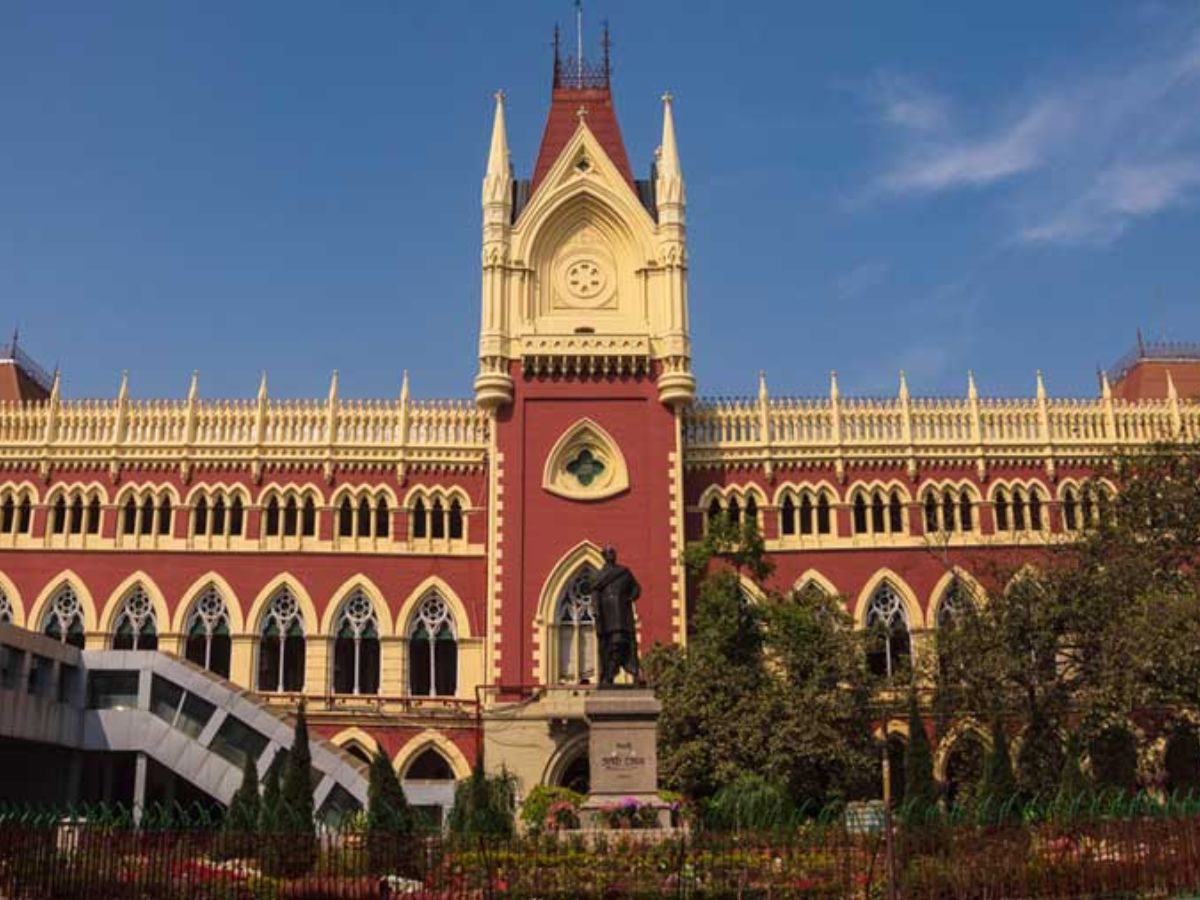High Courts were established in India to strengthen the legal and judicial system. Today, there are many High Courts across the country, but do you know which was the first and oldest High Court in India? Its history is quite fascinating. Let’s explore when this High Court was established, where it is located, and why it remains so significant even today.
How did High Courts begin in India?
During British rule, the need for a robust judicial system in India was recognized. As a result, the ‘Indian High Courts Act’ was passed in 1861. This law approved the establishment of three High Courts in India: Calcutta (now Kolkata), Bombay (now Mumbai), and Madras (now Chennai).
Which is the first High Court in India?
The oldest High Court in India is the Calcutta High Court. It was established on July 1, 1862. Not only is it India’s first High Court, but it is also the longest-functioning one. At the time of its establishment, Kolkata was the capital of British India, making it essential to strengthen the legal framework here.
Key facts about the Calcutta High Court
This High Court hears cases from West Bengal and the Andaman and Nicobar Islands. Its building is constructed in European Gothic style and looks magnificent. Initially, British judges presided here, but gradually Indian judges also got opportunities. Many historic and landmark judgments have been delivered here, which proved crucial for the country’s legal system.
The significance of the Calcutta High Court today
Even today, the Calcutta High Court is counted among the country’s premier High Courts. Thousands of cases are heard here daily, ensuring justice for people. This High Court is not just a historic building but also a strong pillar of justice.
Calcutta High Court
The Calcutta High Court, established in 1862, is the oldest high court in India and was modeled after the High Court of London. It was founded under the Indian High Courts Act of 1861 and played a key role in British India’s judicial system. Today, it remains a significant legal institution with jurisdiction over West Bengal and the Andaman and Nicobar Islands.
High Courts
The **High Courts** are the principal civil courts in many common law jurisdictions, including India, the United Kingdom, and other Commonwealth countries. Established during the British colonial era, they serve as appellate courts below the Supreme Court and oversee significant legal matters, including constitutional, civil, and criminal cases. Each High Court has jurisdiction over a specific state or region, playing a crucial role in upholding judicial authority and interpreting laws.
Indian High Courts Act
The **Indian High Courts Act of 1861** was a significant British colonial law that established high courts in India, replacing the existing Supreme Courts and Sadar Adalats. These courts were set up in major cities like Calcutta, Bombay, and Madras, merging British and Indian legal systems under a unified judiciary. The act marked a key step in modernizing India’s judicial system during the British Raj.
Calcutta
Calcutta (now Kolkata) is a historic city in eastern India, founded in 1690 by the British East India Company as a trading post. It served as the capital of British India until 1911 and played a key role in India’s colonial history and independence movement. Today, Kolkata is a vibrant cultural hub known for its colonial architecture, literary heritage, and festivals like Durga Puja.
Kolkata
Kolkata, formerly known as Calcutta, is the capital of India’s West Bengal state and a major cultural, commercial, and educational hub. Founded in 1690 by the British East India Company, it served as the capital of British India until 1911 and played a pivotal role in India’s colonial history and independence movement. Today, Kolkata is renowned for its colonial architecture, vibrant arts scene, and festivals like Durga Puja, reflecting its rich Bengali heritage.
Bombay
Bombay, now officially known as Mumbai, is India’s financial and entertainment capital, located on the west coast. Originally a group of seven islands inhabited by fishing communities, it was ruled by indigenous dynasties before becoming a Portuguese and later British colonial port. After India’s independence in 1947, it grew into a bustling metropolis, famous for landmarks like the Gateway of India, Bollywood, and its vibrant street culture.
Mumbai
Mumbai, India’s bustling financial capital, was originally a group of seven islands inhabited by fishing communities before being colonized by the Portuguese in the 16th century and later ceded to the British in 1661. The city grew into a major port and commercial hub under British rule, with landmarks like the Gateway of India symbolizing its colonial past. Today, Mumbai is a vibrant metropolis known for Bollywood, its diverse culture, and historic sites such as Chhatrapati Shivaji Terminus and the Elephanta Caves.
Madras
Madras, now known as Chennai, is the capital of the Indian state of Tamil Nadu and one of India’s largest cultural and economic hubs. Founded in 1639 by the British East India Company, it became a key colonial port and later a major center for education, arts, and Dravidian culture. Today, Chennai is renowned for its historic landmarks, such as Fort St. George, vibrant Carnatic music scene, and beautiful Marina Beach, the second-longest urban beach in the world.
Chennai
Chennai, formerly known as Madras, is the capital of Tamil Nadu and one of India’s largest cultural and economic hubs. Founded in 1639 by the British East India Company, it grew around Fort St. George and became a key colonial port. Today, Chennai is renowned for its vibrant arts scene, historic temples, and beautiful Marina Beach, blending tradition with modernity.
West Bengal
West Bengal, located in eastern India, is a vibrant state known for its rich cultural heritage, literature, and arts. It was once the center of British India, with Kolkata (formerly Calcutta) serving as the capital until 1911. The state is famous for its festivals like Durga Puja, contributions to Indian literature and cinema, and landmarks such as the Howrah Bridge and the Sundarbans mangrove forests.
Andaman and Nicobar Islands
The Andaman and Nicobar Islands are a group of over 500 islands in the Bay of Bengal, known for their pristine beaches, lush rainforests, and vibrant coral reefs. Historically, they were used as a penal colony by the British during India’s colonial rule, notably for imprisoning freedom fighters after the 1857 revolt. Today, they are a Union Territory of India, home to indigenous tribes like the Sentinelese and Jarawa, while also serving as a popular eco-tourism destination.



